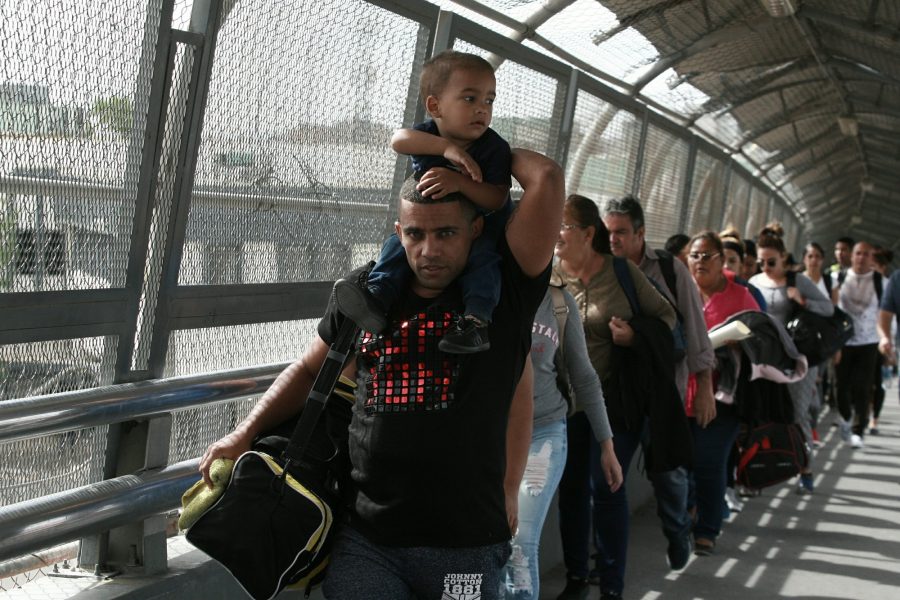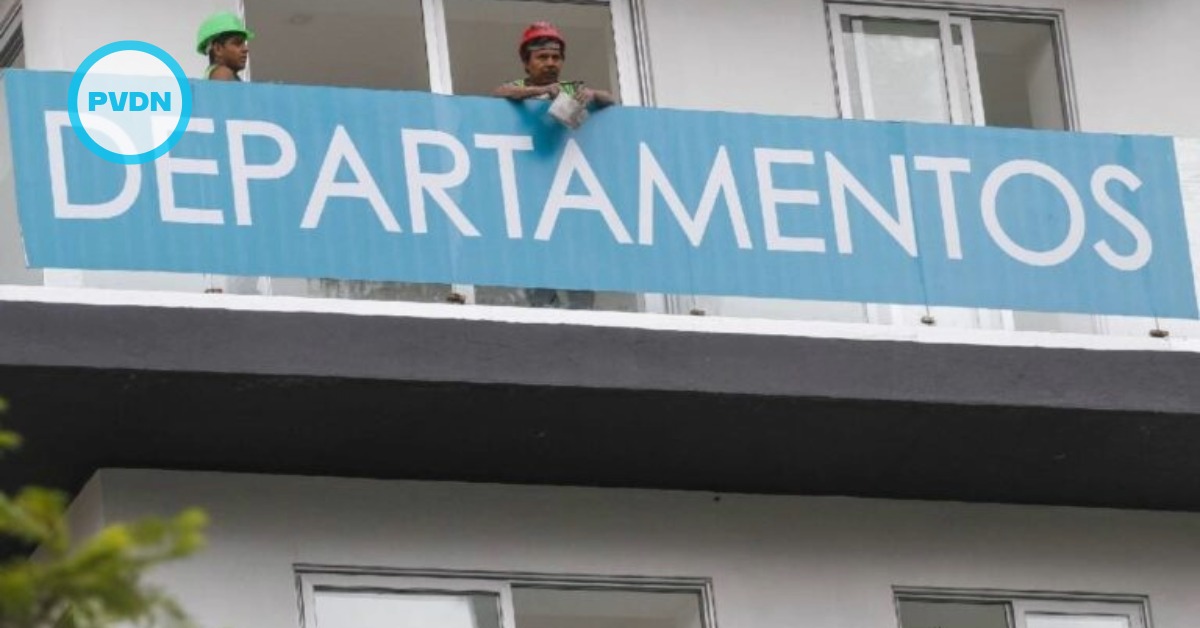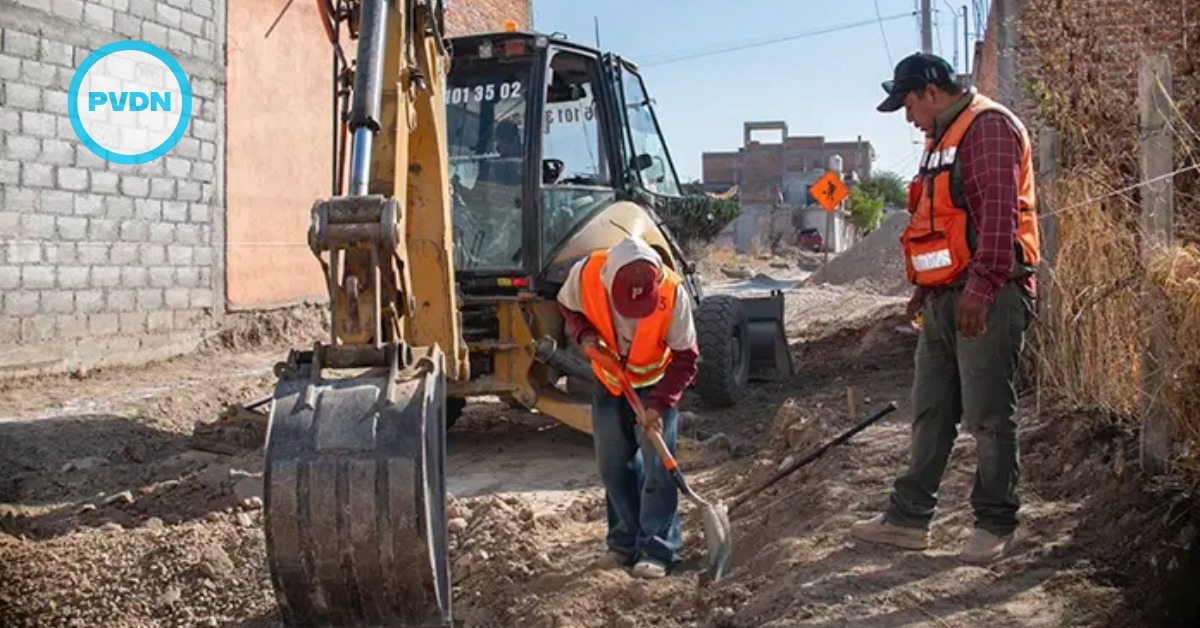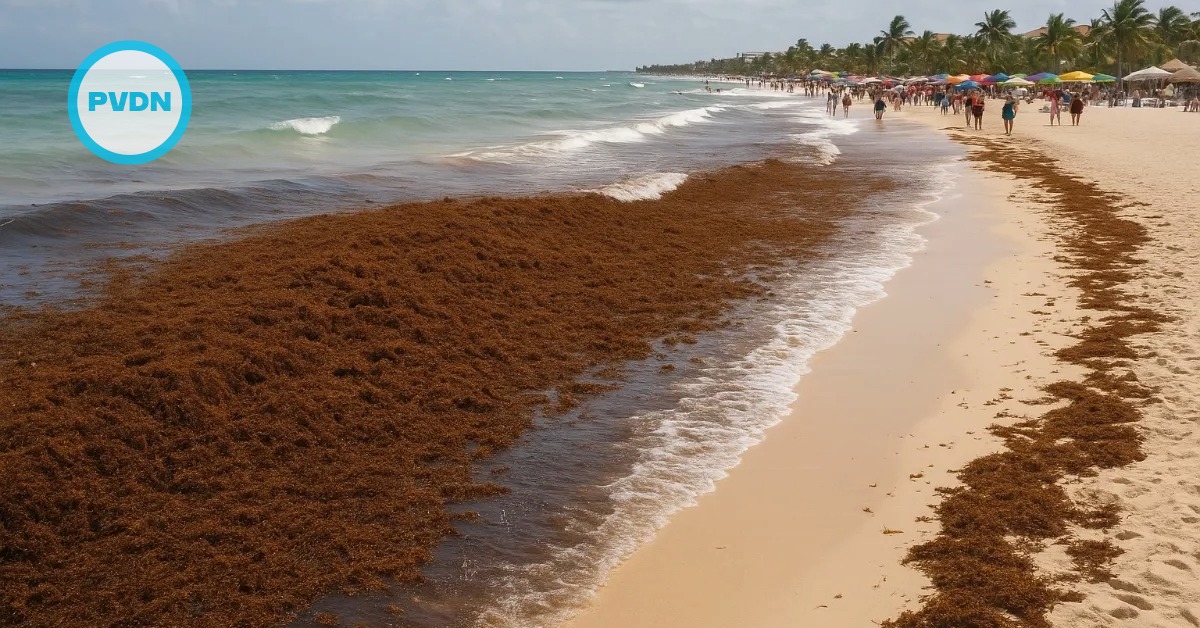Burgeoning numbers of Cubans are trying to get into the U.S. by way of the Mexican border, creating a big backlog of people waiting on the Mexican side for months for their chance to apply for asylum.
The surge over the past several months has been propelled in part by loosened travel restrictions in Central America and deteriorating living conditions in Cuba.
As a result, about 4,500 asylum seekers, the vast majority of them Cuban, have descended on Ciudad Juarez, across from El Paso, Texas — an influx that has raised tensions with some locals.
“It’s a bottleneck . . .






